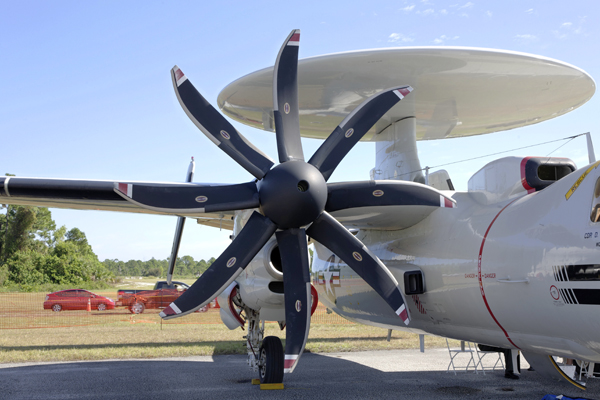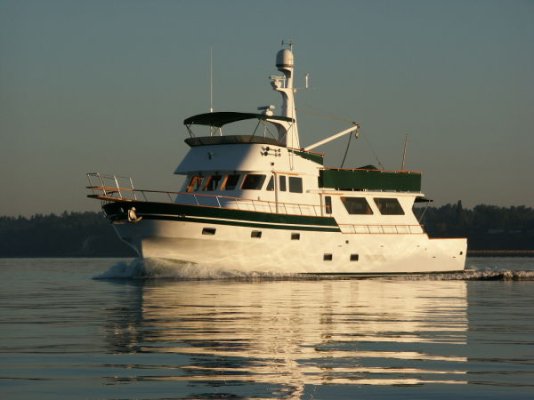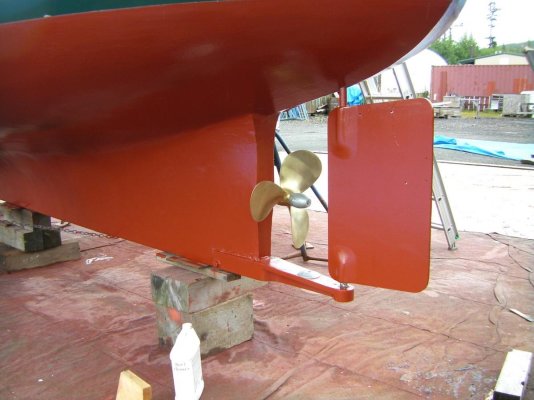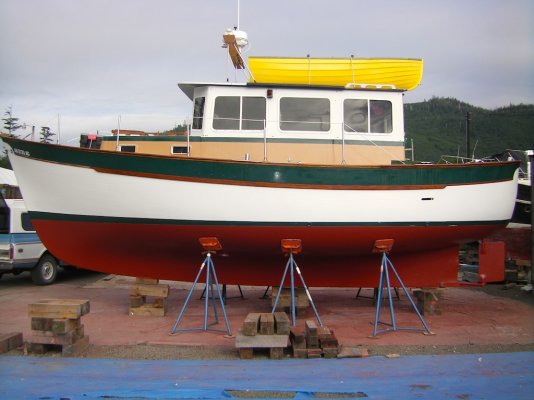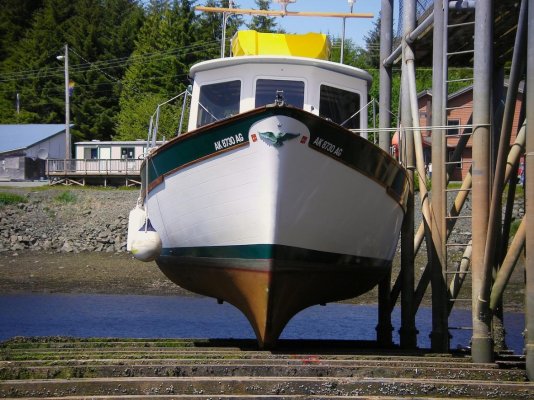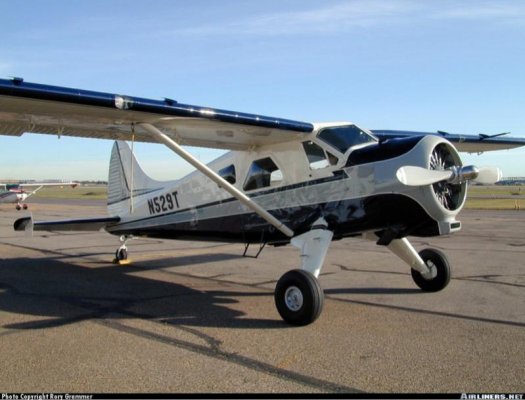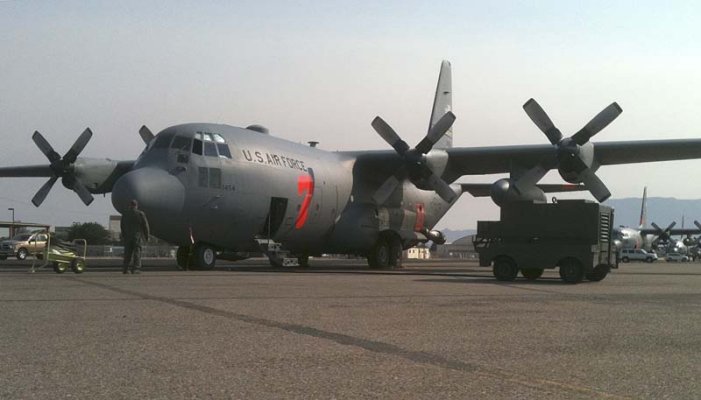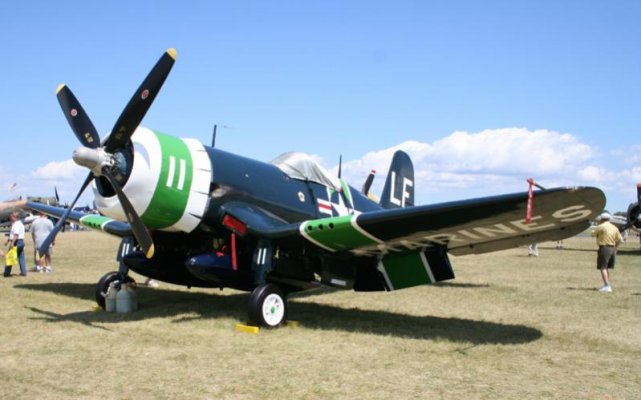twiisted71
Guru
- Joined
- Aug 8, 2011
- Messages
- 577
I looked at several boats (lusted over) on the internet that had 4-53 engines.
I hope your lusting was satisfied when you inked the papers on your Willard. I have lusted over them from the first pic I saw of one, and yours is the sharpest looking one I can remember. It also sounds like the builder actually sat down and figured out a proper drivetrain (like most sailboat Co.s do). And as a result you likely have one of the more efficient powerboats around.
Do they make a 4x'er. Does your boat have ballast? I love its profile and rounded chines. It seems like a relatively small set of flopper stoppers and paravanes would make it rock steady. Shrimping/oystering luggers and tugboats are the only boats with rounded chines that I have personal experience with, but my next boat will have a displacement hull. After seeing how a 42 KK and numerous sailboats react to the same wakes as our boat, I'm ready for a gentler ride


